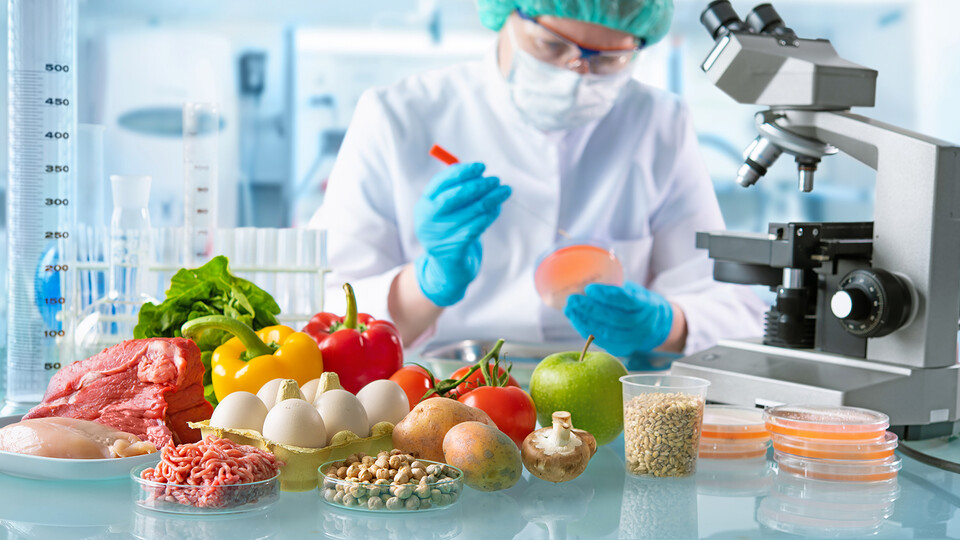Food Science and Technology,

Department of Food Science and Technology: Faculty Publications
ORCID IDs
https://orcid.org/0000-0002-7534-898X Santosh Shiwakoti
https://orcid.org/0000-0002-3479-9653 Valtcho D. Zheljazkov
https://orcid.org/0000-0002-9779-8789 Tess Astatkie
Document Type
Article
Date of this Version
3-11-2019
Citation
Molecules 2019, 24, 986; doi:10.3390/molecules24050986 www.mdpi.com/journal/molecules
Abstract
The chemical profile and antioxidant capacity of Juniperus virginiana, J. excelsa, and J. sabina essential oil (EO) fractions as a function of time was the subject of this study. The hypothesis was that, capturing EO in sequential timeframes during hydrodistillation would generate fractions containing unique compositions and antioxidant capacity. In J. virginiana, the highest limonene (43%) was found in the 0–5 min oil fraction, with safrole (37%) being highest in the 10–20 and 20–40 min fractions, and elemol (34%) being highest in the 160–240 min fraction. In J. excelsa, α-pinene (34-36%) was the highest in the 0–5 min fraction and in the control (non-stop 0–240 min distillation) oil, limonene (39%) was the highest in the 0–10 min fractions and cedrol (50-53%) was the highest in the 40–240 min fractions. In J. sabina, sabinene (80%) was highest in the 0–3 min fraction. The highest antioxidant capacity of J. virginiana was demonstrated by the 5–10 min fraction; the one in J. sabina by the 3–10 min fraction; and, the one in J. excelsa, by the control. The kinetics regression models that were developed can predict EO composition of the three juniper species eluted at different timeframes. Various industries could benefit from the results from this study.


Comments
© 2019 by the authors. Licensee MDPI, Basel, Switzerland. This article is an open access article distributed under the terms and conditions of the Creative Commons Attribution (CC BY) license